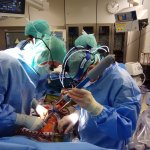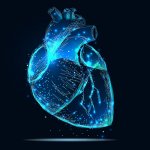
News • CVD and stroke risk
How work stress and low income sap your heart
Low educational levels predict an increased risk of developing or dying from heart disease and stroke according to the first nationwide study of the link between education and risk of cardiovascular disease. The study, which is published in the European Heart Journal, is also the first nationwide study to look at the extent to which low income and work stress plays a role in the association…


























